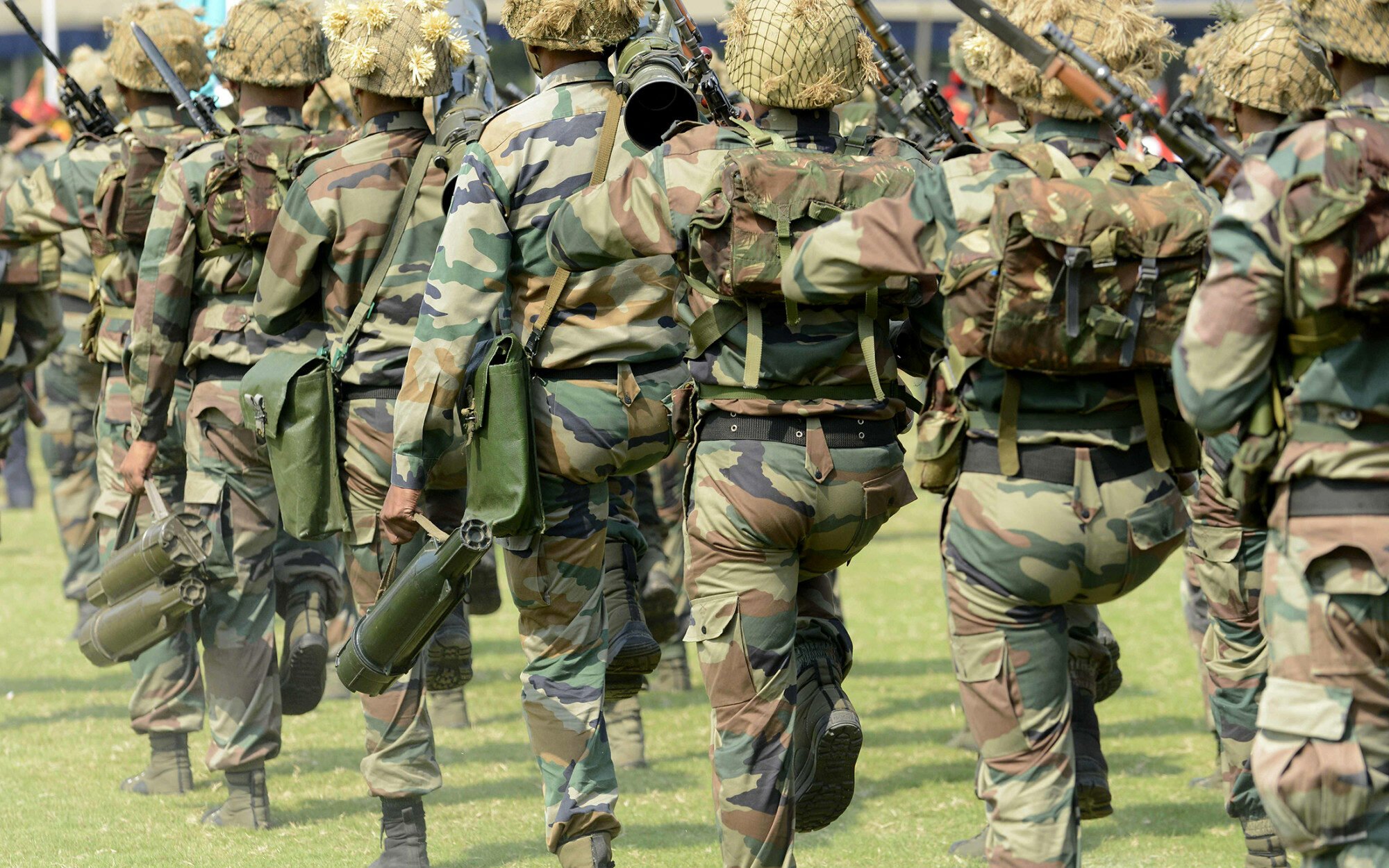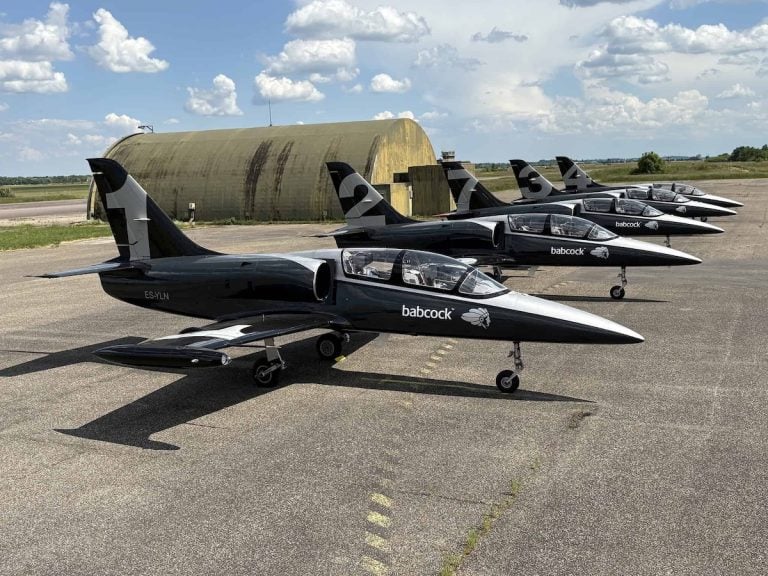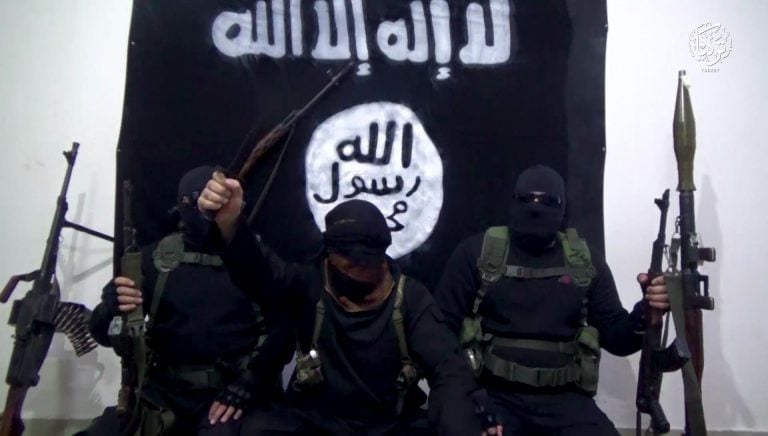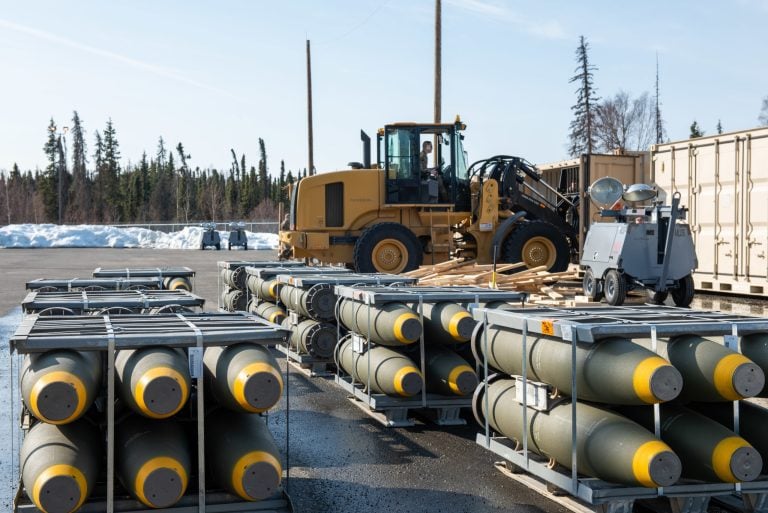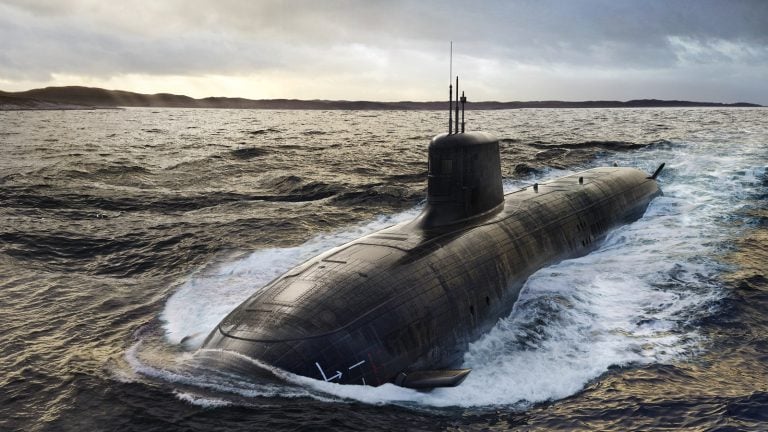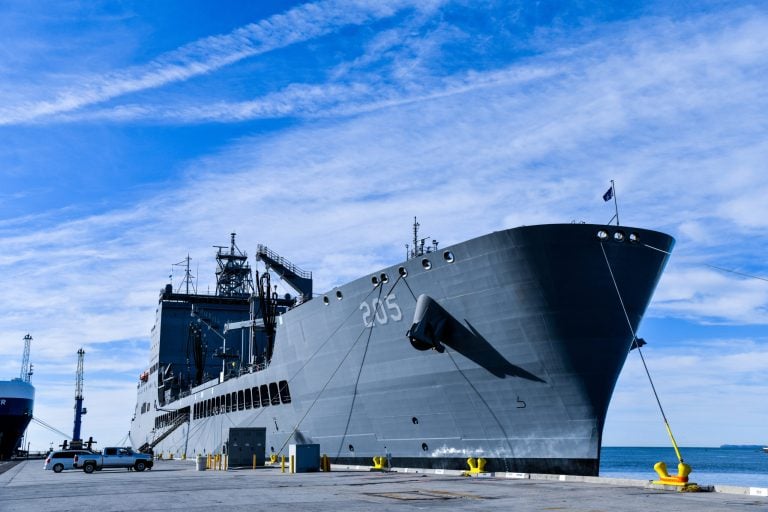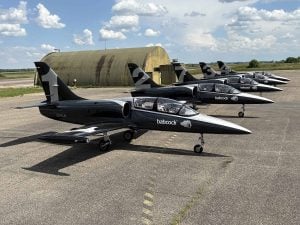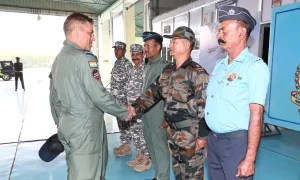The Indian Army is set to implement a significant overhaul of its fitness assessment system, introducing a new Combined Physical Test (CPT) that every soldier will be required to undertake biannually starting April 1, 2026. This initiative aims to establish a unified standard for evaluating combat readiness and will apply to all personnel up to the age of 60, marking a notable shift in the Army’s approach to fitness evaluation.
Previously, soldiers under the age of 50 participated in two distinct assessments: the Battle Physical Efficiency Test and the Physical Proficiency Test. In contrast, senior officers often faced little to no fitness assessment requirements. With the implementation of the CPT, leaders will now be subjected to the same fitness standards as their junior counterparts, emphasizing a culture of accountability and health across all ranks.
The CPT merges the two previously separate tests into one cohesive assessment, with tailored exercises catering to different age groups. For personnel up to 45 years old, the routine includes challenging activities such as horizontal and vertical rope climbs. These are divided into specific brackets: one for those under 35 and another for those aged 35 to 45. Notably, soldiers over 45 years of age will be exempt from the rope climbs.
For individuals aged 50 to 60, the assessment will focus on a brisk 3.2-kilometer (1.99-mile) walk complemented by a predetermined number of push-ups and sit-ups, designed specifically to gauge endurance and strength. The CPT will incorporate performance scores into soldiers’ annual confidential reports, emphasizing physical fitness as a critical component in promotion considerations.
In a bid for consistency, the Army has established uniform scoring standards applicable across various age groups and genders, ensuring equitable evaluation for all personnel. This reform is part of a larger strategy by India’s armed forces to modernize their approach to physical readiness and adapt to evolving battlefield requirements.
Recent years have seen the Indian Navy adopt stricter Physical Efficiency Test standards, linking fitness results closely to promotions and other recognitions. Sailors and officers facing repeated failures in these assessments may risk losing eligibility for advancements.
Additionally, the introduction of the Agniveers program under the 2022 Agnipath scheme underscores the military’s commitment to fostering a younger, fitter, and more agile fighting force. This program recruits individuals for four-year terms, emphasizing physical readiness, discipline, and the ability to adapt to emerging technologies.
As the Indian Army moves forward with these reforms, the focus on fitness and readiness is expected to enhance overall combat capability, reflecting a proactive stance in meeting modern military challenges.
